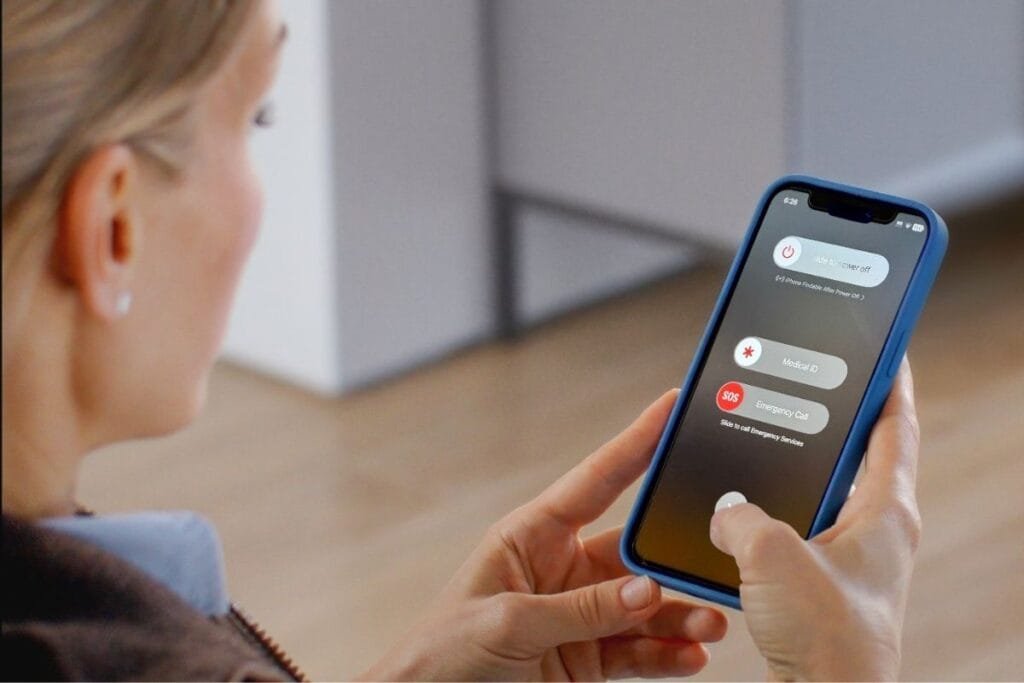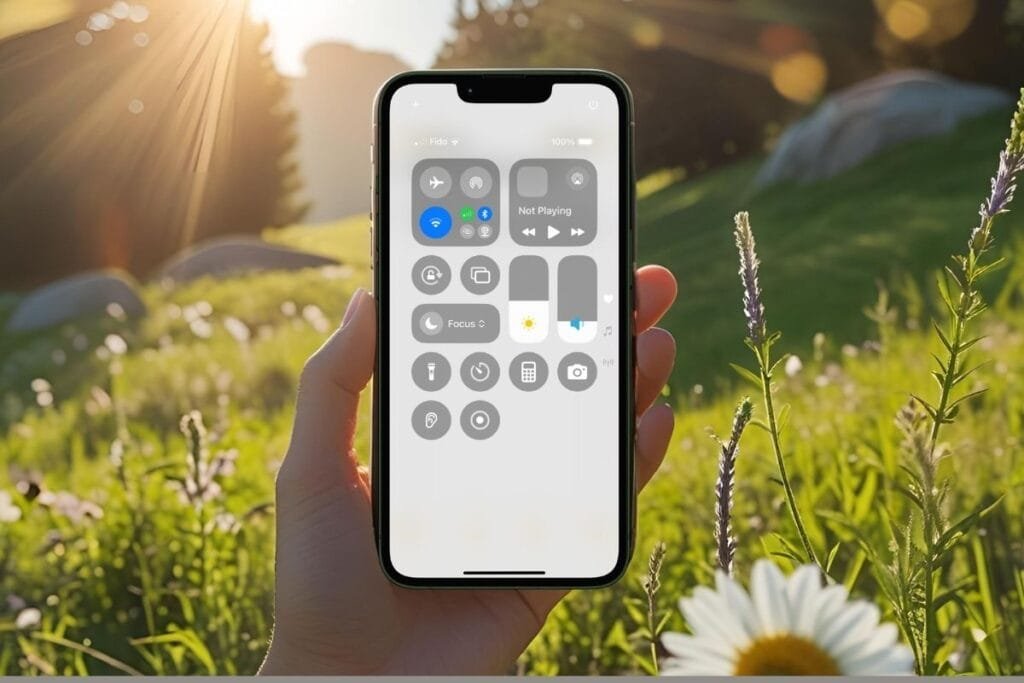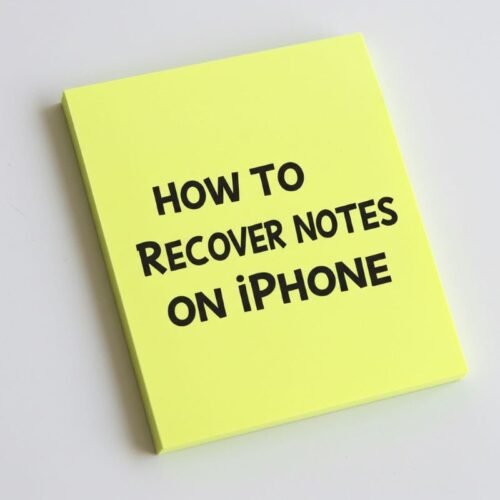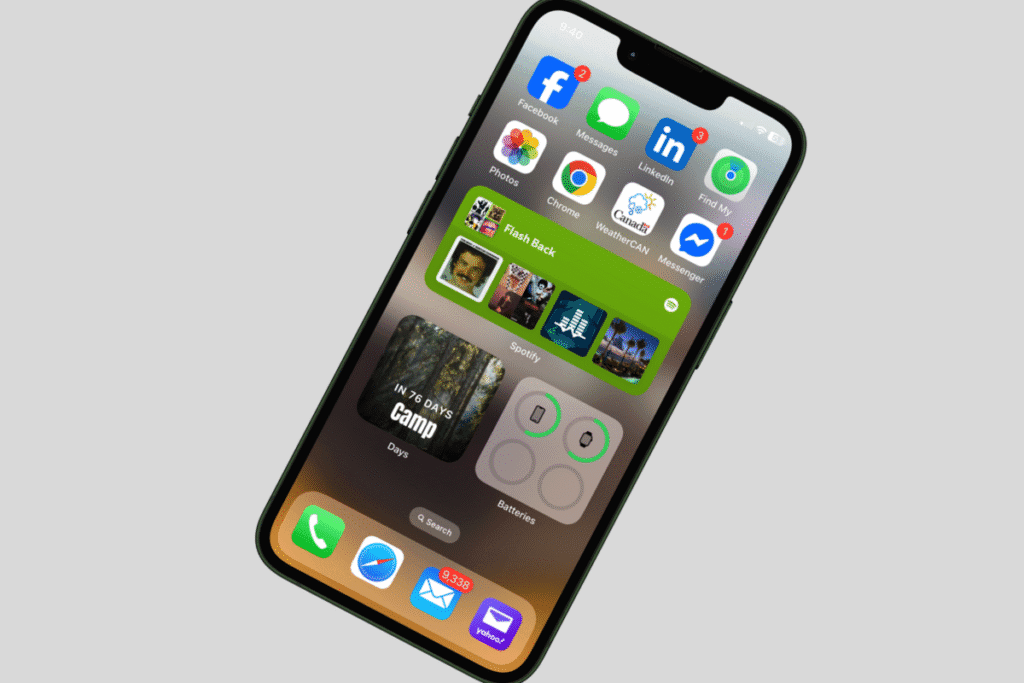Summer is full of little moments worth remembering, family dinners on the patio, morning walks, beach days, or backyard laughs. A good photo helps you hold onto those memories. If you’ve ever wondered how to take a good photo on iPhone, this series is for you.
Over the next few weeks, I’ll share 8 easy tips to help you take better photos with the camera you already have—starting with the most important one: natural light.
Why natural light makes such a difference
Your iPhone does a lot of the work for you, but it still needs decent lighting to take a great shot. Indoor lights can add weird colors. The flash is often too harsh. Natural light, on the other hand, gives you brighter, clearer photos, and it’s especially flattering for people.
Summer give you longer days and more opportunities for great lighting so get snapping!
How to take a good photo on iPhone using natural light
Natural light works a little differently depending on what or who you’re photographing. Whether you’re taking pictures of people, food, or your favorite view, here are a few easy ways to make the most of the light around so you get great photos.
Good photos of people outside
- Skip the midday sun. Harsh overhead light can cause deep shadows and lots of squinting.
- Look for open shade—like under a tree, a porch roof, or beside a building. The light is still bright but softer and more even.
- Aim for golden hour—early morning or late afternoon. The warm, low sun flatters everyone and adds a beautiful glow.

Good photos of people inside
- Gather near a window where light is coming in, but not too strong.
- For group shots, position the group so the window is off to the side or at an angle—not directly behind or in front of them.
- Avoid overhead lights if possible—they can create shadows under eyes and change skin tones.
- Light-colored walls, tables, or even white curtains can bounce light around the room and brighten the scene naturally.

Good photos of objects, food & scenery
- Use side light to show texture—great for food, crafts, or flowers.
- Outdoors, try stepping to the side and watching how the sun changes your shot. Midday sun flattens everything, but morning or late afternoon light adds depth and warmth.
- Cloudy skies? Perfect. Soft, even light with no harsh shadows.
- For landscapes, shoot early or late in the day when the light is golden and the colors are rich.

Direct sun vs. open shade
If you’re taking photos in full sun, you might notice harsh shadows or squinting—even if the moment is great. Moving into open shade (like under a tree or awning) can soften the light and make everyone look better.
Sometimes the difference is just a few steps
In the first photo below, my husband and I are standing in full sun. You can see how the light is harsh and even though we are wearing sunglasses you can see we are squinting and we’re not even fully in the shot because the sun is in our eyes. The colors feel a little washed out.
In the second photo, we simply moved into the shade. The light is softer, our faces are more relaxed, and the whole image feels more balanced. The moment is the same—but the lighting makes all the difference.
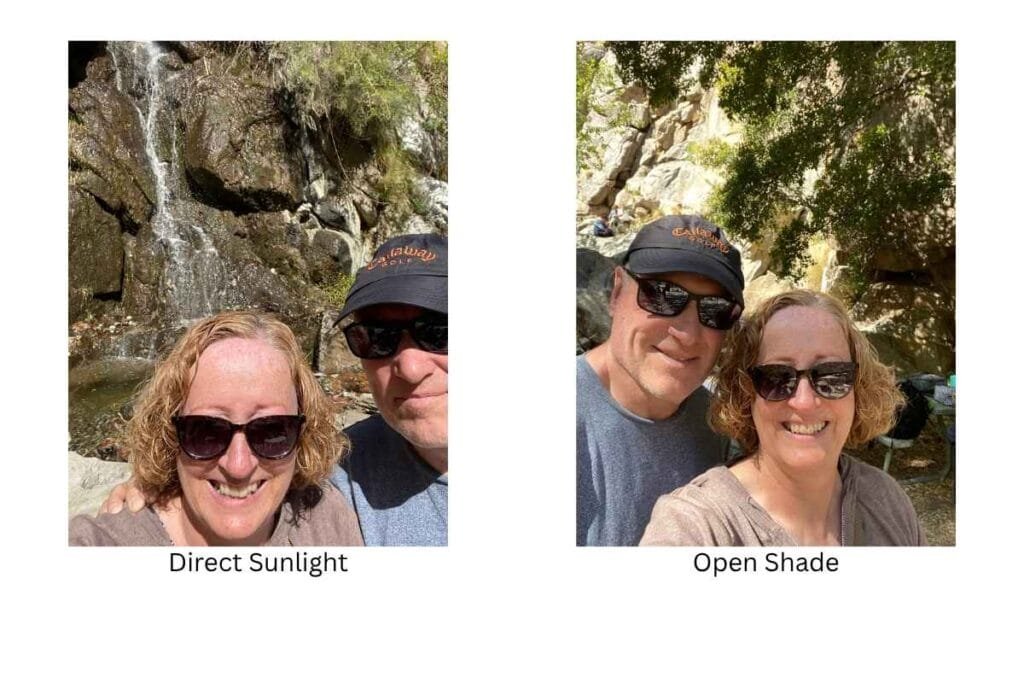
But, what if you can’t move into the shade, here’s a quick fix:
Tap to focus, then slide down to lower the exposure
When you tap your screen, you’ll see a focus box and a little sun icon—just drag your finger down on the screen. This darkens the image slightly and helps reduce glare and blown-out highlights. It can make a bright photo feel richer and more balanced—especially at the beach, on patios, or around water.
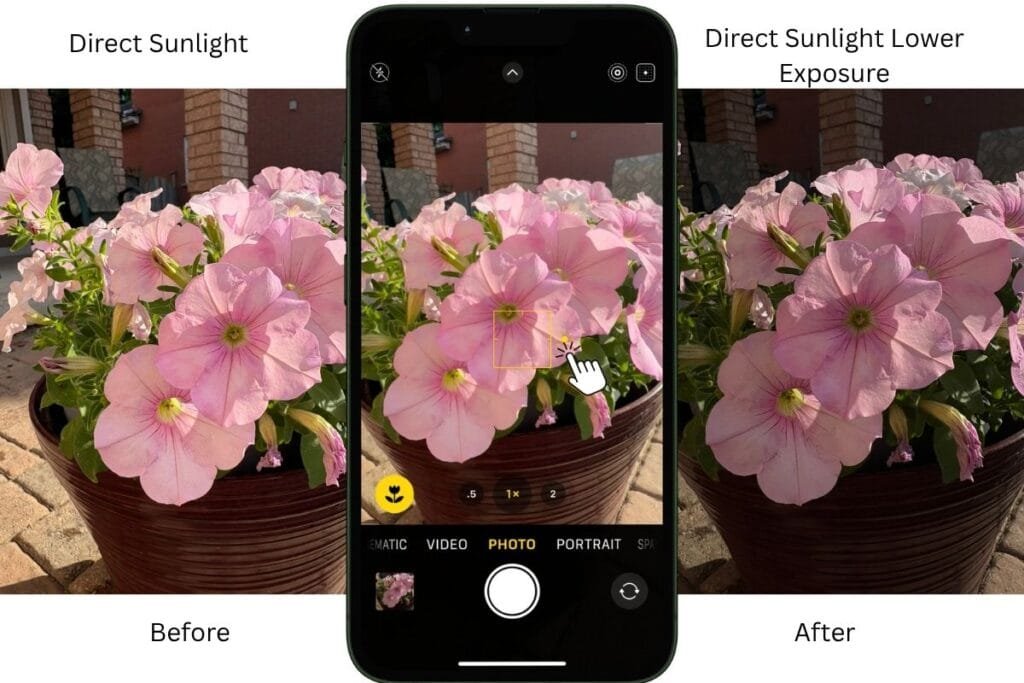
Taking a good photo on iPhone isn’t just about the camera, it’s about seeing the moment in the best light.
What’s Next?
Of course, we don’t always have perfect lighting—sometimes the moment happens after the sun goes down.
In the next tip, I’ll talk about how to take a good photo on iPhone even in low light, without relying on the flash.
👉iPhone Photo Tip #2: Great Low-Light Photos
Summer’s full of little moments you’ll want to remember—whether you’re hanging out in the backyard or heading off on a trip. If you’re planning a trip, don’t miss my post on iPhone Tips for Travel to help you get your camera roll organized and ready for photos on the go.
Have a favorite summer photo you’re proud of? Or a moment you wish you’d captured better? Leave a comment or reply—I’d love to hear how you’re using natural light in your photos.




